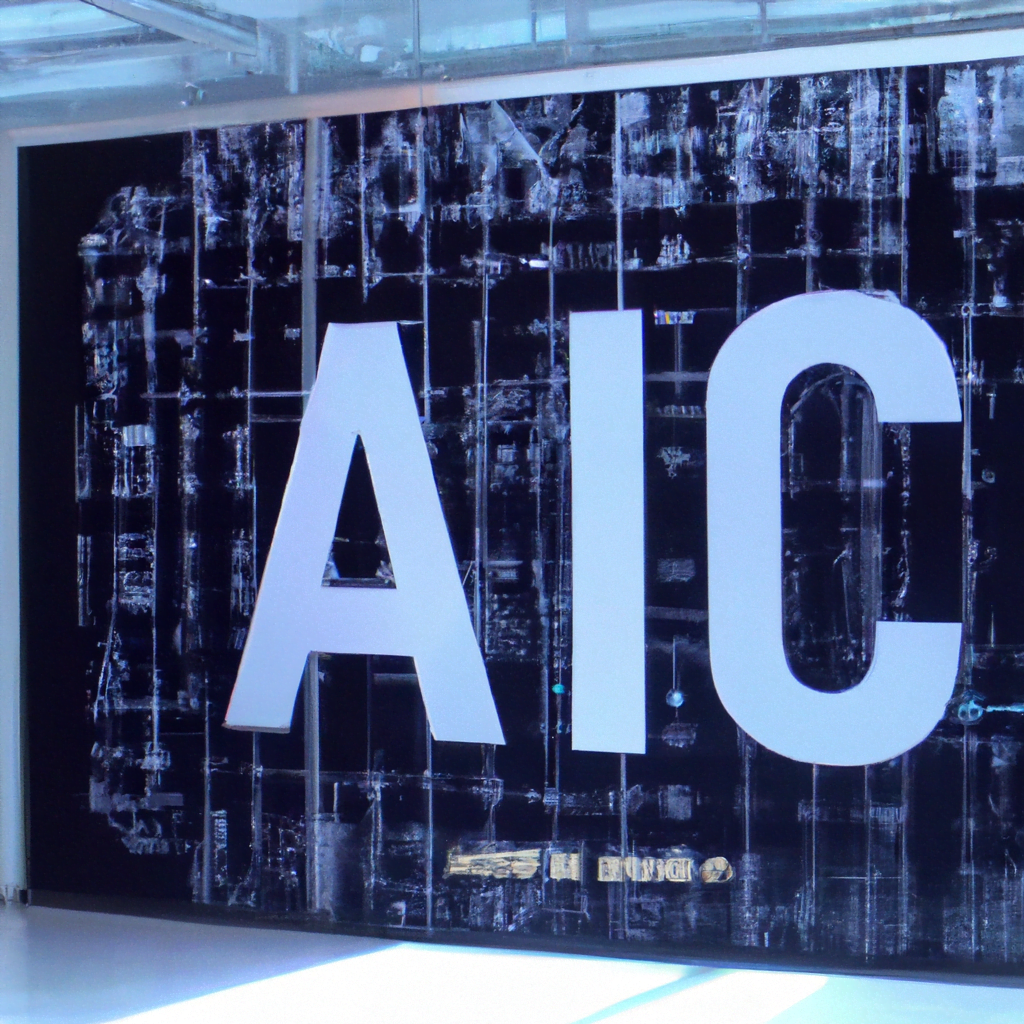
AI in Exhibition Signage and Wayfinding Systems

Exhibitions and trade shows are important events for businesses to showcase their products and services to potential customers. However, navigating through large exhibition halls can be a daunting task for attendees. This is where AI-powered signage and wayfinding systems come into play. By leveraging artificial intelligence, these systems can enhance the overall experience for both exhibitors and visitors. In this article, we will explore the various applications of AI in exhibition signage and wayfinding systems and discuss their benefits.
1. AI-Powered Interactive Signage
Traditional static signage can be limiting in terms of providing real-time information and engaging attendees. AI-powered interactive signage, on the other hand, can dynamically adapt to the needs of the exhibition. These signs can display relevant information such as booth locations, session schedules, and speaker details. By using AI algorithms, the signage can also analyze attendee behavior and preferences to provide personalized recommendations.
For example, imagine a visitor is interested in a specific product category. The AI-powered signage can analyze their browsing history and suggest relevant booths or sessions that align with their interests. This not only helps attendees discover new exhibitors but also increases the chances of meaningful interactions between exhibitors and potential customers.
2. Intelligent Wayfinding Systems
Navigating through a large exhibition hall can be overwhelming, especially for first-time attendees. AI-powered wayfinding systems can simplify this process by providing real-time directions and guidance. These systems use computer vision and machine learning algorithms to track the location of attendees and guide them to their desired destinations.
By integrating with attendees’ smartphones or wearable devices, the wayfinding systems can provide step-by-step directions, highlight points of interest, and even suggest alternative routes in case of congestion. This not only improves the overall attendee experience but also reduces the likelihood of attendees getting lost or missing out on important sessions or exhibitors.
3. Data Analytics and Insights
AI-powered exhibition signage and wayfinding systems generate a wealth of data that can be leveraged to gain valuable insights. By analyzing attendee movement patterns, dwell times, and interactions with exhibitors, event organizers can better understand attendee behavior and preferences.
For example, by analyzing the data collected from the wayfinding systems, event organizers can identify popular routes and areas of congestion. This information can be used to optimize the layout of future exhibitions, ensuring a smoother flow of attendees and reducing bottlenecks.
Additionally, exhibitors can also benefit from the data analytics provided by AI-powered systems. By understanding attendee behavior, exhibitors can tailor their marketing strategies, booth layouts, and product displays to maximize engagement and conversions.
4. Case Studies and Success Stories
Several organizations have already implemented AI in their exhibition signage and wayfinding systems, yielding positive results. One such example is the Mobile World Congress (MWC) held annually in Barcelona. MWC implemented an AI-powered wayfinding system that helped attendees navigate through the massive exhibition space. The system provided real-time directions, highlighted popular booths, and even suggested personalized recommendations based on attendee preferences. The implementation of AI significantly improved attendee satisfaction and reduced the number of lost attendees.
Another success story is the National Retail Federation’s (NRF) annual conference, known as “Retail’s Big Show.” NRF implemented AI-powered interactive signage that analyzed attendee behavior and preferences to provide personalized recommendations. This resulted in increased booth visits and improved engagement between exhibitors and attendees.
5. The Future of AI in Exhibition Signage and Wayfinding Systems
The potential of AI in exhibition signage and wayfinding systems is vast. As technology continues to advance, we can expect even more sophisticated applications in the future. Some potential developments include:
- Integration with voice assistants to provide hands-free navigation and information retrieval.
- Augmented reality overlays on signage to enhance the visual experience and provide additional information.
- Real-time crowd management to optimize attendee flow and reduce congestion.
- Personalized notifications and alerts based on attendee preferences and interests.
These advancements will further enhance the attendee experience and provide exhibitors with valuable tools to engage with their target audience effectively.
Summary
AI-powered exhibition signage and wayfinding systems have revolutionized the way attendees navigate through large exhibition halls. By leveraging artificial intelligence, these systems provide real-time information, personalized recommendations, and valuable insights. The implementation of AI in exhibitions has resulted in increased attendee satisfaction, improved engagement between exhibitors and attendees, and optimized event layouts. As technology continues to advance, we can expect even more exciting developments in the future, further enhancing the overall exhibition experience.
